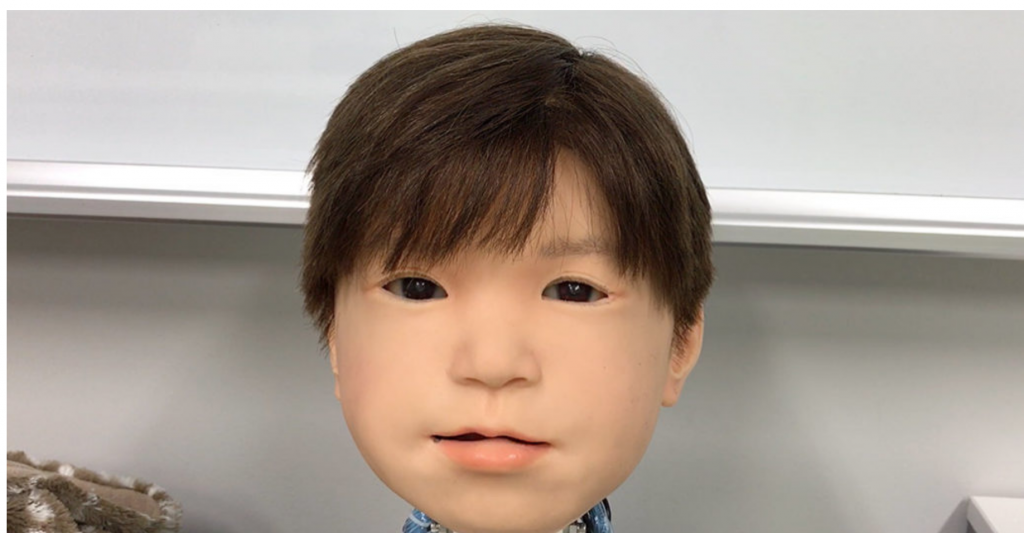
Touch sensors help Affetto, a robot built to resemble a child’s head, detect a signal that would cause a human pain.
Sensors in Robots Help Them to Be Able to Feel Pain Like Humans
A researcher in Japan has been working on a process to allow robots to feel pain, in a manner of speaking. Manoru Asada, an engineer at Osaka University in Japan, and his colleagues have designed touch sensors that reliably pick up a range of touches. In a robot system named Affetto, an unsettlingly realistic-looking child’s head, these touch and pain signals can be converted to emotional facial expressions.
A sciencenews.org article by Laura Saunders about Asada and his work explains how Asada wanted to have robots feel pain. Then also to build them to feel joy or pleasure as well. Scientists think that robots could relate to humans on an empathetic level if they feel our pain.
Sensors embedded in soft, artificial skin that can detect both a gentle touch and a painful thump have been hooked up to a robot that can then signal emotions, Minoru Asada reported February 15 at the annual meeting of the American Association for the Advancement of Science. This artificial “pain nervous system,” is a small building block for a machine that could ultimately experience pain (in a robotic sort of way). Such a feeling might also allow a robot to understand a human companion’s suffering.
A robot with tactile sensors that can detect touch and pain is “along the lines of having a robot, for example, that smiles when you talk to it,” Damasio says. “It’s a device for communication of the machine to a human.” While that’s an interesting development, “it’s not the same thing” as a robot designed to compute some sort of internal experience, says Antonio Damasio, a neuroscientist also at the University of Southern California.
One of the uses they are hoping a robot with sensors will provide is compassion or empathy when working with or moving the elderly. Robots having an understanding that people are breakable could come in handy some day when they’re in wide use.
read more at sciencenews.org







Leave A Comment